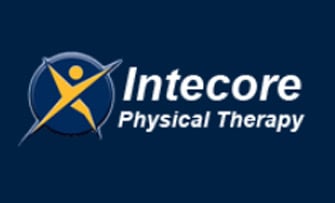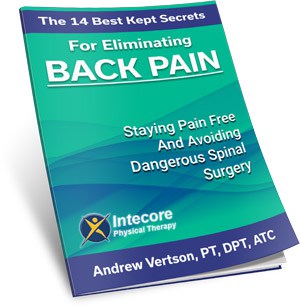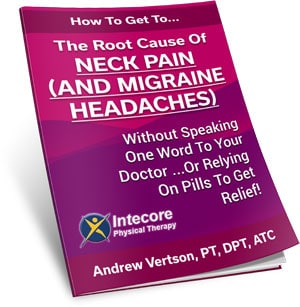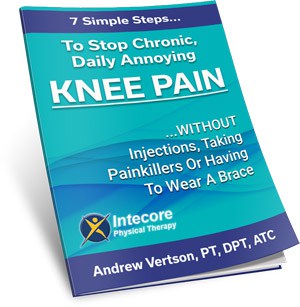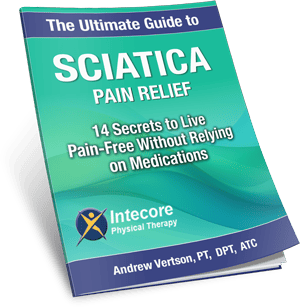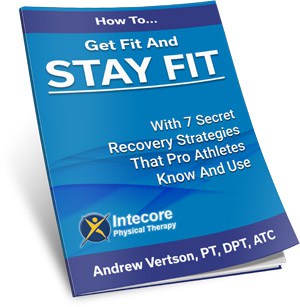Arthritis is a widespread health concern in the United States, recognized as one of the most frequent sources of pain and disability among adults. This term encompasses a broad spectrum of over 150 distinct diseases, conditions, and rheumatic issues, including common forms like osteoarthritis, gout, and fibromyalgia. Often, the initial signs of arthritis are subtle, leading many individuals to dismiss the discomfort as mere overuse. However, understanding the nuances of arthritis and adopting proactive management strategies can significantly impact your quality of life and allow you to continue pursuing the activities you cherish.
Understanding Osteoarthritis
Osteoarthritis stands out as the most prevalent type of arthritis. It develops due to the gradual breakdown of cartilage, the smooth, protective tissue that cushions the ends of bones within joints. This wear and tear most commonly affects the weight-bearing joints such as the hips, knees, and spine. In most cases, osteoarthritis remains localized to these areas unless there’s a history of injury, excessive strain, or an underlying medical condition that predisposes other joints.
Recognizing the symptoms of osteoarthritis is crucial for early intervention. Common indicators include aching and soreness in the joints, particularly during movement. Individuals may also experience pain after periods of overuse, stiffness following rest, and noticeable joint swelling.
Beyond Medication: Holistic Approaches to Arthritis Relief

While over-the-counter and prescription medications play a vital role in managing arthritis pain, relief doesn’t solely rely on pharmaceuticals. Embracing a holistic approach that incorporates lifestyle modifications can significantly alleviate symptoms and improve overall well-being.
- Nourishing Your Body: Maintaining a healthy and balanced diet can have a profound impact on arthritis symptoms. Certain foods can contribute to inflammation, while others possess anti-inflammatory properties. Focusing on a diet rich in fruits, vegetables, whole grains, and lean protein can support joint health. Furthermore, for those who are overweight or obese, losing even a modest amount of weight can dramatically reduce the pressure on weight-bearing joints, leading to significant pain relief.
- The Power of Movement: Exercise is often considered one of the most effective treatments for arthritis. While it might seem counterintuitive to move when experiencing joint pain, appropriate physical activity can strengthen the muscles surrounding the joints, providing better support and stability. Physical therapy offers specialized treatments such as therapeutic yoga and clinical Pilates, providing gentle yet effective ways to stay active and prevent further disability.
- Exercise aids in pain relief: It also helps maintain flexibility and range of motion. Physical therapy treatment plans can also be tailored to facilitate weight loss, further reducing stress on the joints. In cases where joint replacement surgery is necessary or when dealing with joint swelling, massage therapy can be an effective component of rehabilitation. Ultimately, physical therapy aims to alleviate pain, enhance flexibility and range of motion through personalized treatment strategies.
- Assistive Devices: Utilizing special devices can make daily activities easier and less painful. These might include canes, walkers, shoe inserts, or adaptive tools for tasks around the home. Consulting with an occupational therapist can provide valuable insights into assistive devices that can improve mobility and independence.
Specific Strategies for Managing Back Arthritis
Lower back arthritis can be particularly debilitating, impacting daily routines and the ability to engage in enjoyable activities. When medication isn’t the only answer, consider incorporating these practical tips to manage back pain and regain functionality:
- Mastering Good Posture: Proper posture is fundamental for managing low back arthritis. Consciously practicing good posture, whether sitting or standing, strengthens the core and back muscles that support the spine. Imagine a string gently pulling the crown of your head towards the ceiling, allowing your back to straighten naturally. Relax your shoulders and let your arms rest comfortably. Avoiding slouching prevents exacerbating pain and helps maintain spinal alignment.
- The Therapeutic Use of Heat and Cold: Heat can be incredibly soothing for stiff and inflamed joints, offering relief, especially on high-pain days or cold mornings. Applying heat (such as a warm shower or a homemade rice sock heated in the microwave) for 15-20 minutes before physical activity can prepare your muscles. Following activity, applying an ice-pack can help manage any pain or soreness that arises. This simple strategy can help prevent exercise-induced arthritic pain without resorting to extra medication.
- Prioritizing Rest and Recovery: In our busy lives, taking time to rest can feel unproductive, but it’s crucial for managing arthritis pain. Regular rest allows your body to recharge and prevents overexertion, which can aggravate symptoms. Aim for a dedicated hour each day to relax – read, do a puzzle, or connect with loved ones while taking it easy. Remember that while prolonged sedentary behavior can worsen arthritis, a balance between activity and rest is essential for staying healthy and active.
- Embracing Gentle Movement: While lower back arthritis might make strenuous exercise seem impossible, gentle activity is beneficial. Stretching and low-impact exercises improve flexibility, aid in weight management, and strengthen supporting muscles. A daily walk around your neighborhood, focusing on good posture and a gentle pace, is an excellent low-impact option that most individuals can incorporate to relieve back pain, improve flexibility, and enhance overall health.
Taking Control of Your Arthritis Journey
Arthritis, while often painful and potentially debilitating, doesn’t have to dictate the terms of your life. By understanding the condition, adopting a holistic approach to management, and implementing specific strategies for areas like the lower back, you can alleviate pain, improve function, and continue to engage in the activities you love. Don’t let arthritis prevent you from living a full and active life. Explore the available resources and take proactive steps by contacting us today and we’ll help you to regain control and rediscover the joys of movement.
- How Many Hours of Sleep Do You Need for Recovery and Injury Prevention? - September 8, 2025
- Can Physical Therapy Help You Avoid Surgery? - August 1, 2025
- 7 Ways to Get Rid of Tension Headaches Naturally - July 1, 2025


